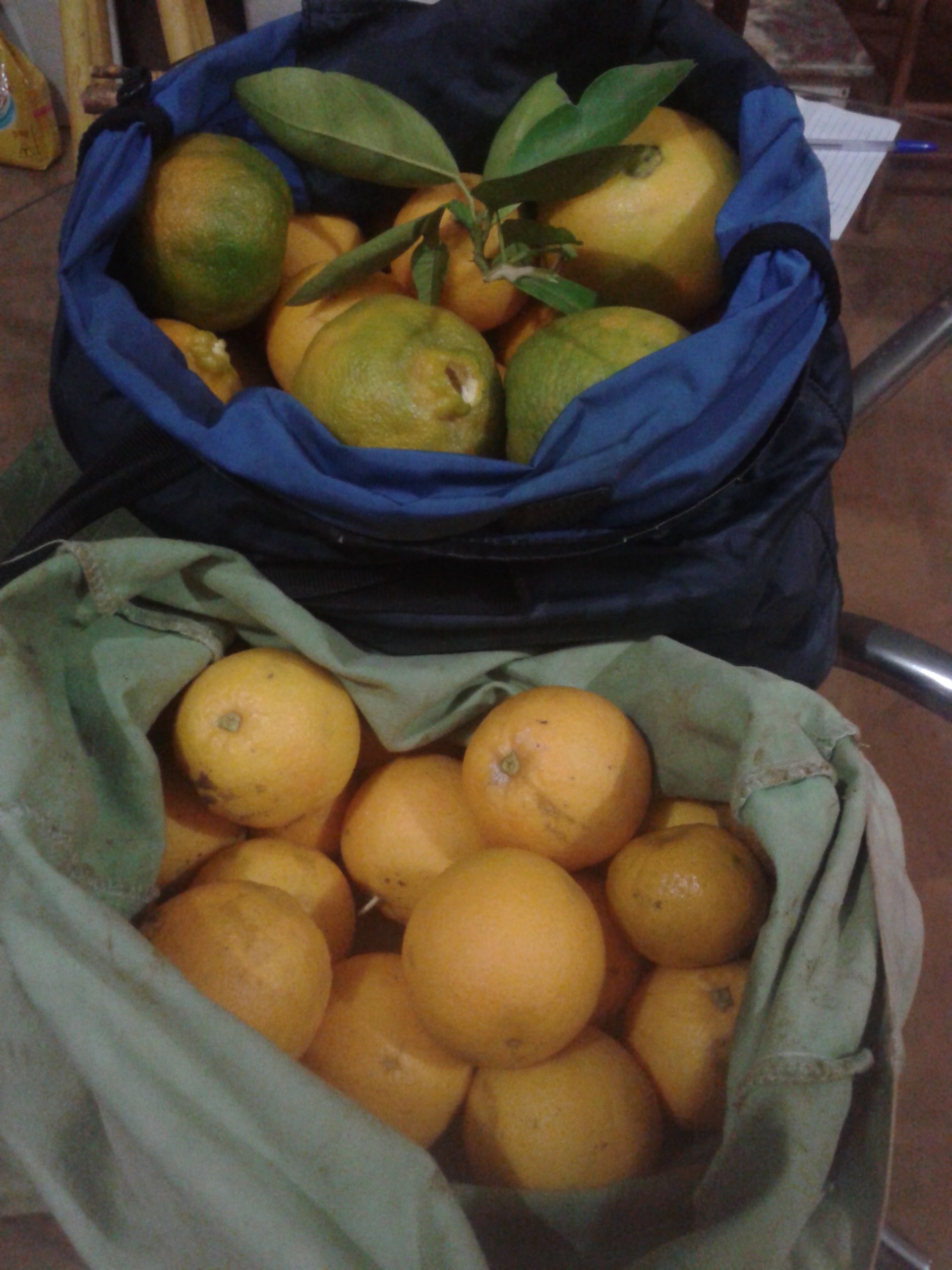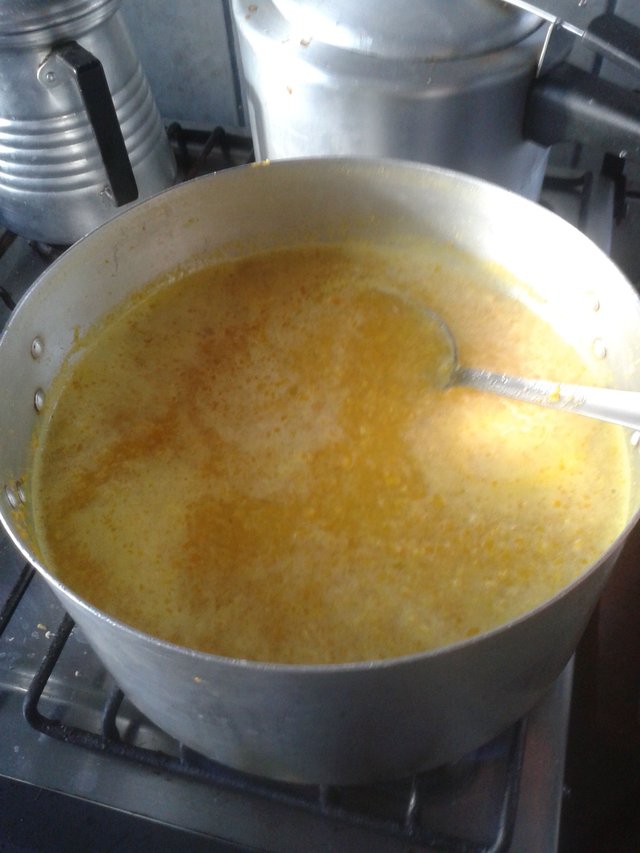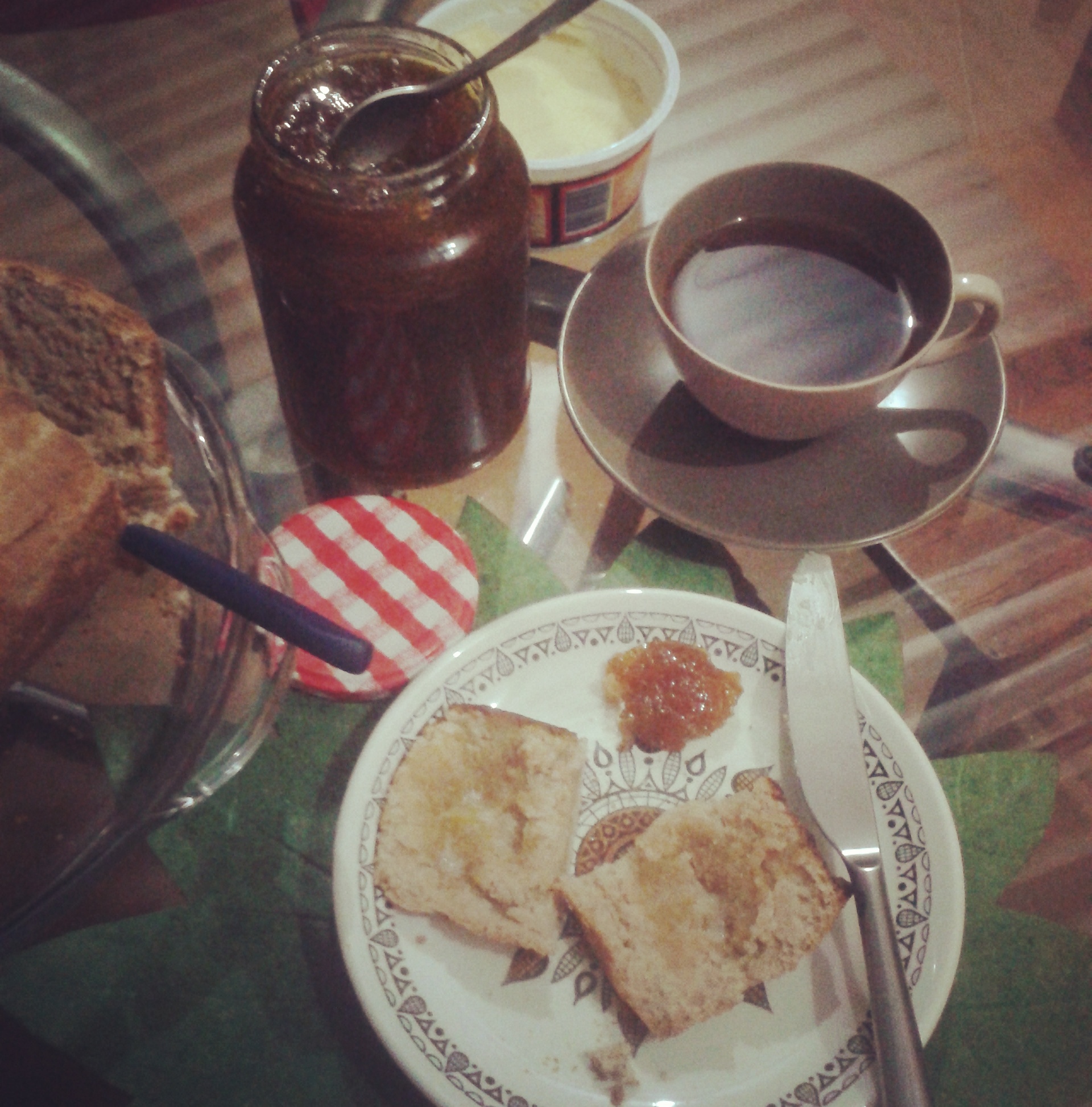Orange Picking and Marmalade Making
April to June is the orange season in Minas Gerais and as our neighbour Zé has an orchard of citrus trees, we set ourselves the task of making marmalade.
Zé´s garden is an abundance of different types of citrus trees, from folha murcha laranjas (withered leaf oranges), mexericas (tangerines), limãos (limes), to the curious limão cravo (rangpur lime), which is the colour or an orange, but tastes like a lime.
Zé, who does not pick the oranges himself, said we could have as many as we wanted, so we came away with two large bagful’s and made a good job of tasting all the different types as we were picking.

Lost in Translation
When I announced that we would be making marmalade, my Brazilian friends corrected me. We were in fact making "geléia" (jam), not "Marmelada" (marmalade), I was told. I ignored this a few times, taking it as their lack of understanding and appreciation of our wonderful breakfast staple. I then began to wonder if it was one of those things that gets mistranslated from one language to another, like Brazilian "cheddar", which is runny orange processed cheese and has no connection to the tasty yellow hard cheese from Somerset.
I was sure, however, that Marmelada existed in Brazil and on investigation discovered that it indeed comes from Portugal and is quite rightfully made from the Marmelo fruit, which to us English speakers is called quince jelly.
The origins of marmalade, I discovered, date back to the late 18th century, when James and Janet Keiller apparently and rather romantically bought a boatload of oranges from Seville, shipwrecked off the coast of Scotland, turning it into a commercial marmalade making enterprise. By stealing the Portuguese word for quince jelly, they changed our British breakfasts forever and caused this present misunderstanding.
Time to get our Sleeves Rolled up
Having agreed that we were in fact making marmalade and its place of importance in a British home, we set to cutting up and peeling the fruit.
Prior to this, I had done some research in to the best recipe, being guided by the Guardian´s claim to have the best one.
https://www.theguardian.com/lifeandstyle/wordofmouth/2011/jan/20/how-make-perfect-orange-marmalade
The Recipe
In simple terms, we started by peeling the fruit and separating the rind. We then squeezed the oranges and removed the pips. In a big pan, we added the rind, orange juice and couple of cups of sugar. The pips were put into a muslin bag and added to the mixture, which I am told helps the marmalade to set. It was then simmered on a low heat for about 2 hours until set.

After the mixture had set, we transferred it to 4 1/2 large jars.
A Note on Taste
My Brazilian friends found the mixture to be too tart, which I think is caused by the pith and perhaps not being too generous with the amount of sugar. My reassurance that this is how marmalade is meant to taste, was not totally accepted!

Now when I eat my breakfast, I am taken back to Great Britain for just a few minutes, before looking out of the window and seeing the sunshine.
Sources:
https://en.wikipedia.org/wiki/Keiller%27s_marmalade
https://www.theguardian.com/lifeandstyle/wordofmouth/2011/jan/20/how-make-perfect-orange-marmalade
This post can also be found on my blog:
https://paradiseregainedsite.wordpress.com/2017/06/20/orange-picking-making-marmalade/